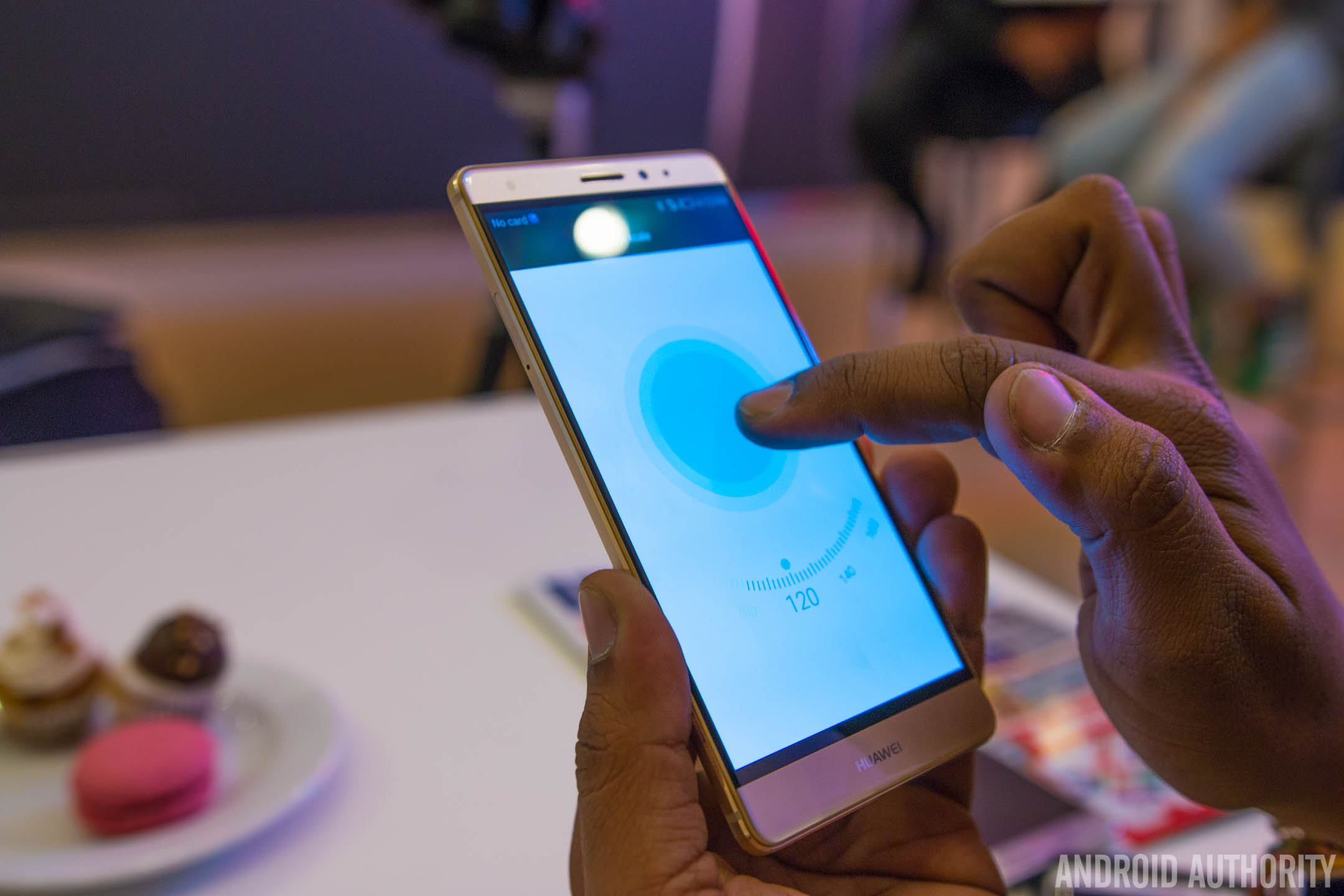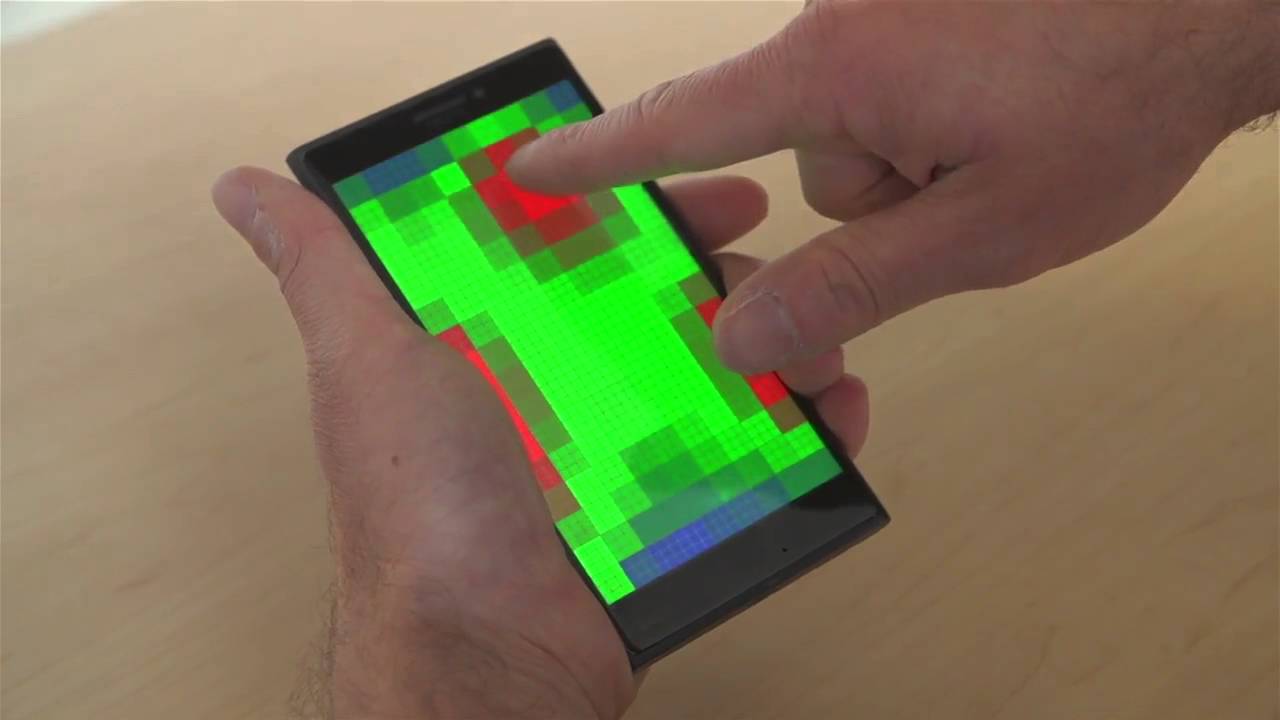Affiliate links on Android Authority may earn us a commission. Learn more.
Microsoft’s Pre-Touch technology anticipates your taps
When 3D Touch was first showcased, it left some people scratching their heads. The technology served essentially the same function as a long-press, but some users describe using it as counter-intuitive. In general, we’re very careful with our smartphones and handle them pretty gingerly, so pressing harder on the screen isn’t a natural impulse for many. However, Microsoft has elected to go a completely different direction. What if instead of touching a screen harder, we touched it less instead? Introducing Pre-Touch.
Microsoft Research is playing around with some pretty cool tech that would give your smartphone a much better sense of where your hands are in the space around it. Pre-Touch can sense where you’re going to tap before you actually make contact with the screen, and it can even tell how you’re holding the device.

The apps that the lab cooked up to showcase the technology demonstrate that it has some pretty versatile uses. It would allow developers to create menus that only appear when the user moves a finger toward the screen to interact. Since Pre-Touch can sense how you’re holding the device, these menus can adapt depending on whether you’re holding your smartphone in one hand or two.
Pre-Touch can also give your device a better sense of your intent. The ability to anticipate where your finger is moving before you actually make contact with the screen lets the smartphone better interpret where you meant to tap instead of where you actually tapped. It also can distinguish between accidental double taps and deliberate ones. The video Microsoft Research released also demonstrates how this technology allows your screen make a better distinction between swiping and more deliberate highlighting motions. This lets you skip the step of tapping the screen before highlighting.

Multiple fingers can also be used to create anticipatory menus that appear wherever is most convenient for you. In the demo, the user selects a document, then hovers his finger over the screen where a pop-up menu appears, giving him a set of commands that he can use on the file. Once again, since the device can sense how the user is holding the phone, this sort of menu can also adapt for thumb-only use.
In many ways, this technology is similar to what Samsung has been doing with the stylus and basic gestures via Air View, as it adapts many of the same concepts but introducing some interesting new uses. Although we can of course expect to see Pre-Touch on Microsoft devices before anything else, we may witness something similar coming to Android in the same way that we’re now seeing 3D Touch arrive on Android.
In short, Pre-Touch looks like it could potentially have some pretty widespread applications. Unlike 3D Touch or Force Touch, it appears to have a much more intuitive, natural feel. Could this softer approach be the way that we interact with our devices in the future? Check out the video, then let us know your thoughts in the comments below.